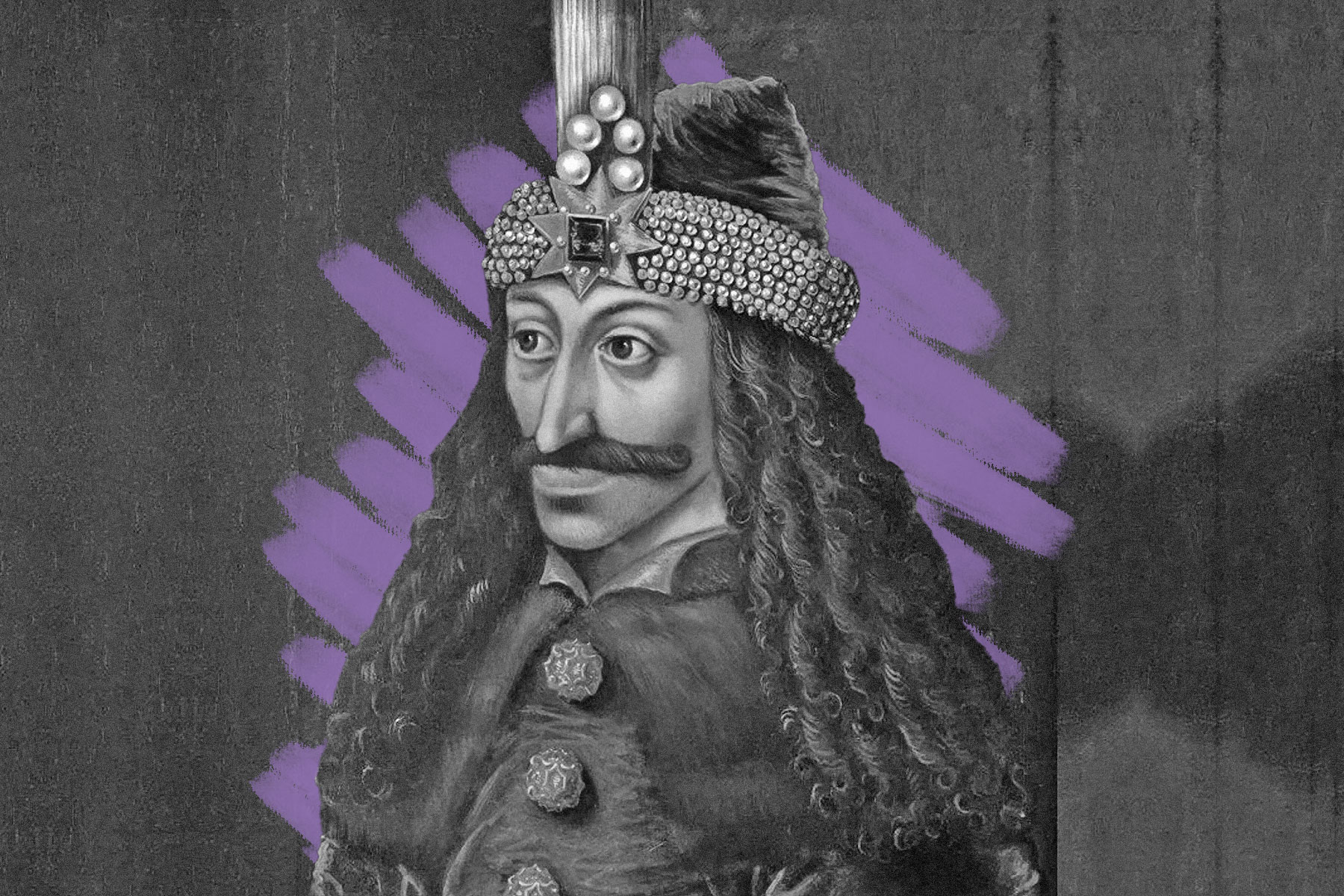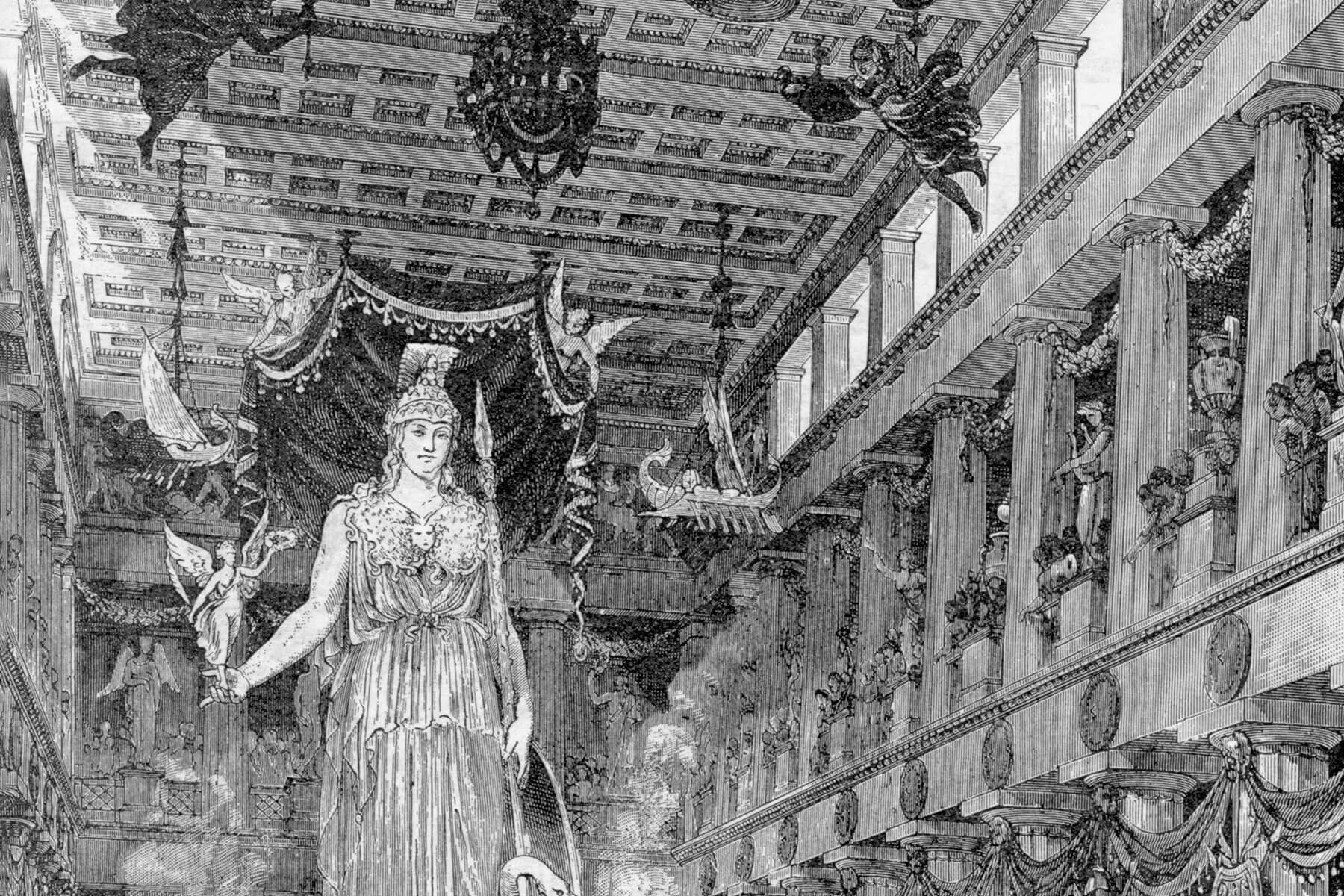 |
Count Dracula was inspired by Vlad the Impaler of Transylvania. |
Arts & Culture |
 |
| |
| Stoker called Transylvania "one of the wildest and least known portions of Europe" in the book's first chapter, an evocative description based on his research into the area and 19th-century travel literature (though the author never actually visited Romania's spookiest region). Before falling in battle in 1476, Vlad III earned a reputation for brutality. Impalement was his favorite means of torturing and dispatching his enemies, but he was also known to decapitate, disembowel, and skin them; some claim he even dipped his bread in his victims' blood while using their impaled bodies as morbid dinner guests. Whether such gory details are true may never be known, but it's easy to see how he inspired one of the world's most fearsome fictional characters. | |
 | |
 | |||
| |||
The Daily Newsletter for Intellectually Curious Readers | |||
| Thank you for supporting our sponsors! They help us keep History Facts free. |
 | |||||||||
By the Numbers | |||||||||
| |||||||||
| |||||||||
 | |||||||||
| |||||||||
Sunlight isn't fatal to Dracula in the novel. | |||||||||
| Although sunlight does weaken Dracula and drain him of his powers, it doesn't kill him — nor was it fatal to any other vampire for a full 25 years after Dracula was published. The trope was actually invented in the 1922 German movie Nosferatu: A Symphony of Horror, director F.W. Murnau's unofficial adaptation of Stoker's novel. Widely considered one of the best, most influential horror films ever made, the German expressionist masterwork almost passed out of existence immediately after its release. Stoker's estate sued over the film in Germany, reportedly leading to a court ordering that all copies be destroyed. Fortunately, enough prints survived for Nosferatu to eventually achieve its current reputation as a vampiric classic almost on the same level as Dracula itself. | |||||||||
 | |||
Recommended Reading | |||
 | |||
| | |||
 | |||
| | |||
| + Load more | |||
| |||||||||
| 700 N Colorado Blvd, #513, Denver, CO 80206 | |||||||||






No comments:
Post a Comment